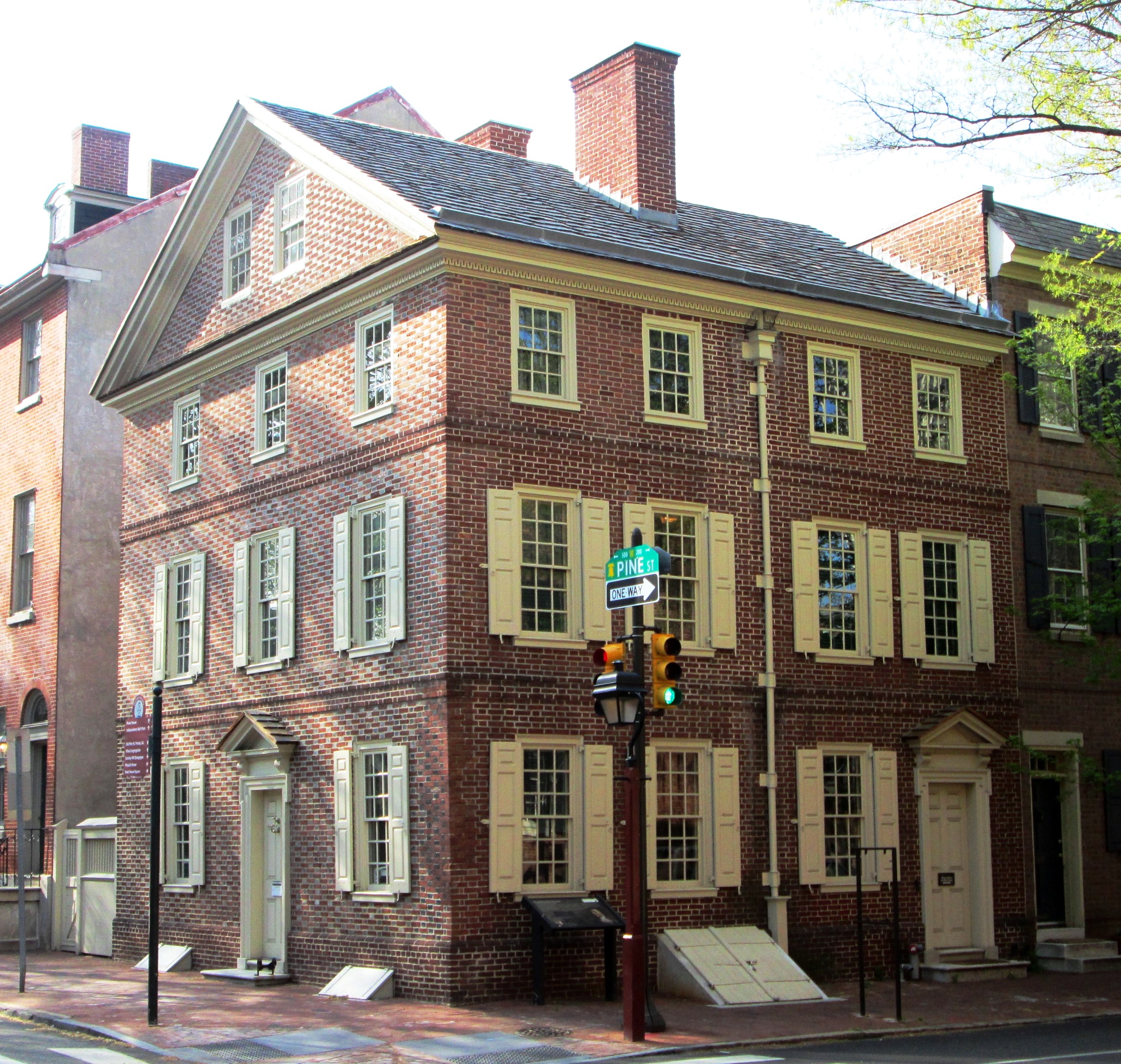Delving into the Industrial Evolution: A Walk Through Coltsville National Historical Park
Planning a visit? Check out the Coltsville National Historical Park page for visitor info, directions, and what to do when you get there.

Introduction
Welcoming you to Connecticut’s capital city, Hartford, is a remarkable testament to industrious endeavor and American innovation - Coltsville National Historical Park. Nestled within this bustling urban landscape lies an oasis where 19th-century factories breathe life into the annals of U.S. industry. The park’s focal point is an iconic blue onion-domed building which was once the heart of Samuel Colt’s arms manufacturing empire.
Historical/Cultural/Geological Background
Coltsville isn’t merely a cluster of old brick buildings; it’s a monument to America’s industrial revolution. Envisioned by inventor & entrepreneur Samuel Colt, Coltsville was not just a factory but a self-contained community complete with worker housing, shops, churches and recreational facilities. After his death in 1862, it was under his wife Elizabeth who successfully expanded Colt’s Patent Fire Arms Manufacturing Company making it one of the largest armament manufacturers worldwide.
Today visitors experience this insightful step back in time housed within its historic structures including Armsmear (the Colt mansion), Potsdam Village (rowhouses for workers), and Colt Armory featuring an impressive Russian-inspired blue onion dome.
Activities Guide
Whether a history enthusiast or curious tourist, there is plenty to do at Coltsville National Historical Park. You can delve into its rich historical context through guided tours led by park rangers who share tales of the visionary inventor and his thriving community.
Venture inside The Sam & Elizabeth Colt Industrial and Frontier Heritage Center which recently opened inside East Armory. The museum displays artifacts and exhibits on Colt’s manufacturing history, including firearms that changed the face of warfare. Don’t miss out on a snapshot against the iconic blue dome, a must-have in your travel photo collection.
For nature lovers, Charter Oak Landing is just minutes away offering hiking trails that shadow the Connecticut River providing captivating skyline views of Hartford.
Visitor Information
Coltsville National Historical Park is open year-round, although building access may depend on restoration work. Entry to the park and guided tours are free (limited to certain areas due to ongoing restoration). A visitor center located inside East Armory offers exhibits, a bookstore, and park information.
Tips for Different Visitors
- History Buffs: Dig into Samuel Colt’s life story at Butler-McCook House & Garden where an exhibit dedicated to the Colt legacy resides.
- Photography Enthusiasts: Capture stunning shots across Seals Fountain Park or frame perfect architectural details of the armory.
- Families: Charter Oak Landing offer outdoor activities such as picnicking while watching boats sail by.
- Students/Researchers: A wealth of reference materials can be found within Wadsworth Atheneum Museum of Art’s Colt collection.
Regional Context
Hartford itself holds a significant place in American history often dubbed “Insurance Capital” due to many insurance companies headquartered here. It was home not only to Samuel Colt but also great authors like Mark Twain & Harriet Beecher Stowe whose homes now function as museums you can visit when in Hartford.
Conclusion
Coltsville National Historical Park is more than its industry-forged past; it’s a window into America’s spirit of innovation and enterprise from which our modern society arose. As you stroll through Coltsville’s lanes, stand under its edifices or gaze upon its beautifully preserved buildings, you’ll feel an undeniable connection to a pivotal era in American history.
-
What are the main attractions inside Coltsville National Historical Park? Main attractions include Colt Armory with its blue onion dome, Armsmear (Colt’s mansion), and Potsdam Village (worker’s housing). Each offers unique insight into Samuel Colt’s life, his innovative approach to work and how he shaped the community around him.
-
How can I access more information about the park on arrival?
-
Is it suitable for children? Yes! The park offers a blend of historical exploration and natural beauty. A trip to Charter Oak Landing nearby offers outdoor activities ideal for families with young children.
-
Can I visit any time of the year? Yes, Coltsville National Historical Park is open throughout the year. However, building specific accesses may depend on ongoing restoration projects.
-
Are there other interesting places to visit in Hartford? Other notable locations include Mark Twain House & Museum, Old Statehouse and Wadsworth Atheneum Museum of Art which holds one of the largest collections of Colt artifacts.
Tags:
- #ColtsvilleNationalHistoricalPark
- #HartfordConnecticut
- #IndustrialHeritage
- #HistoricalAttractions
- #NatureAndCultureBlend
- #SamuelColtLegacy
- #ArmoryBlueDome
- #AmericanHistory
Frequently Asked Questions
What are the operating hours and admission fees for Coltsville National Historical Park?
Coltsville National Historical Park is typically open year-round, though specific hours may vary by season. Most national parks charge an entrance fee, but some sites are free to visit. Check the official NPS website for current hours and fee information.
How long should I plan for a visit to Coltsville National Historical Park?
A typical visit to Coltsville National Historical Park can range from a few hours to a full day, depending on your interests and the activities you choose. Allow extra time for hiking, photography, and exploring visitor centers.
What should I bring when visiting Coltsville National Historical Park?
Essential items include comfortable walking shoes, water, snacks, sunscreen, and weather-appropriate clothing. Bring a camera to capture the scenic views and consider binoculars for wildlife viewing.
What is the best time to visit Coltsville National Historical Park?
The best time to visit depends on your preferences and the activities you plan to enjoy. Spring and fall often offer pleasant weather and fewer crowds, while summer provides the longest daylight hours.
Is Coltsville National Historical Park accessible for visitors with mobility needs?
Many areas of Coltsville National Historical Park are accessible to visitors with mobility needs, including paved trails and accessible facilities. Contact the park directly for specific accessibility information and current conditions.


